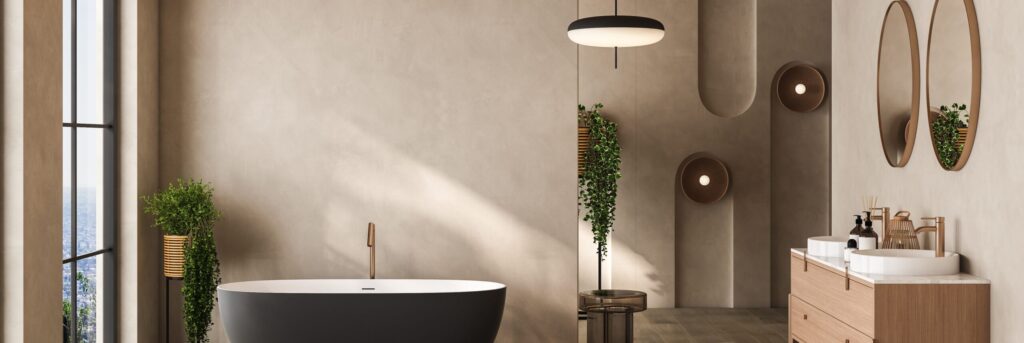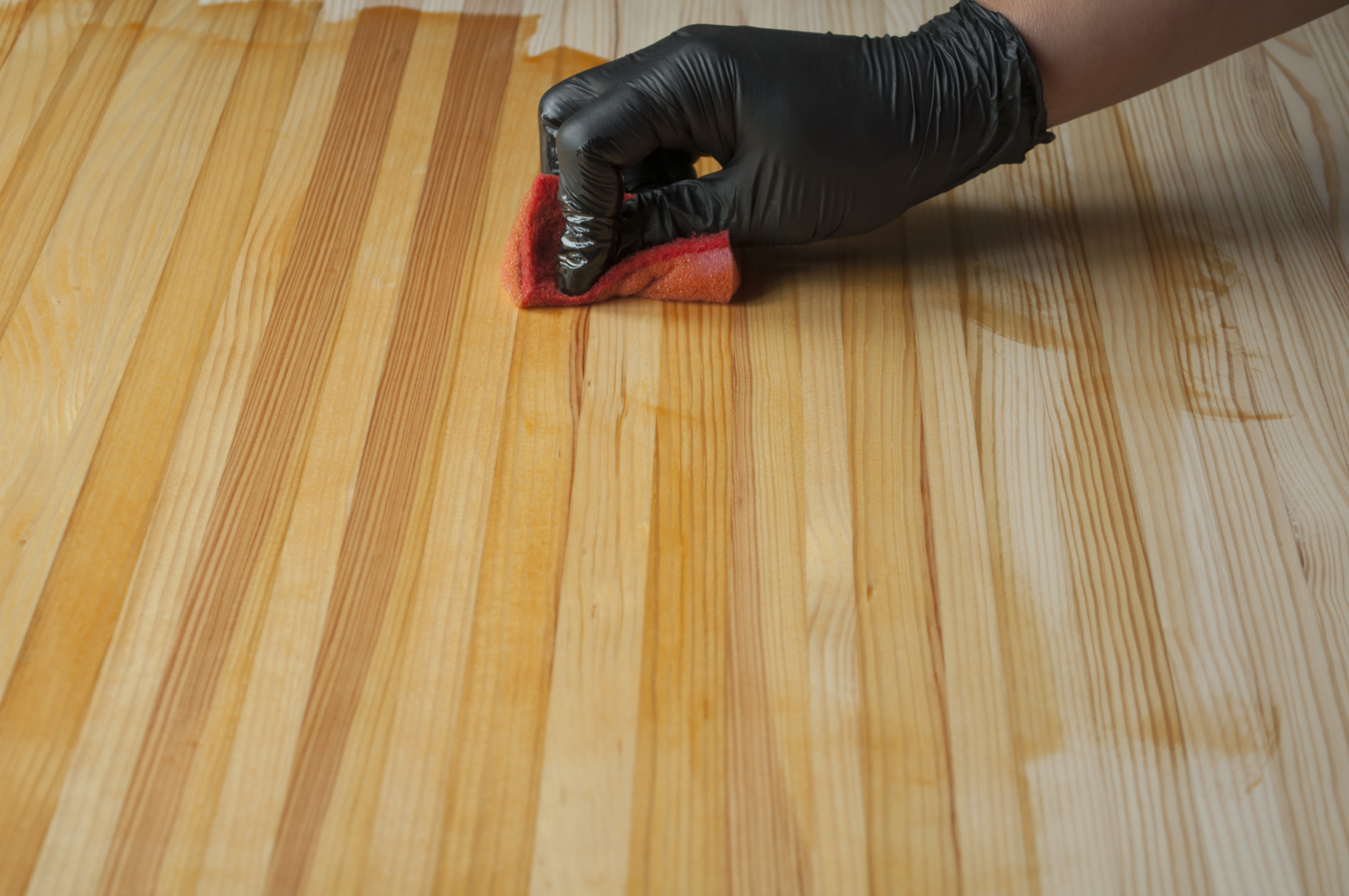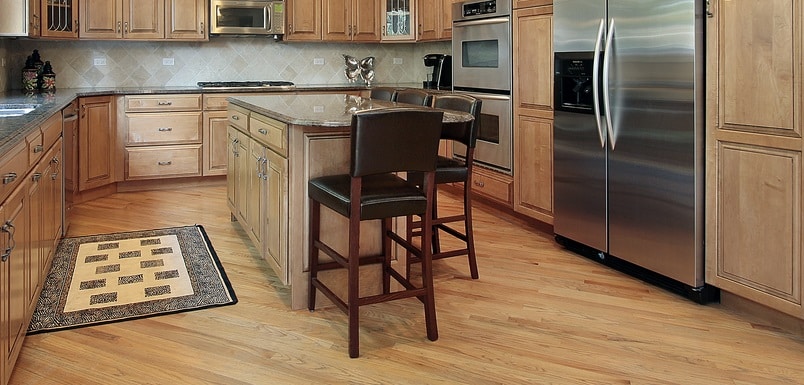Transform Your Home with Waterproof Vinyl Flooring August 26, 2024· by helium_seo Hardwood flooring has long been a favorite choice for homeowners
Read More →Hypoallergenic Carpet: Create a Healthy Home

Are you struggling with allergies and looking for a solution? Household allergens—from dust mites to pet dander—can wreak havoc on those with sensitivities. If a member of your household struggles with allergies or asthma, choosing the right flooring can make a world of difference. Hypoallergenic carpets are designed to minimize allergens and improve indoor air quality, resulting in a healthier living environment.
What Is Hypoallergenic Carpet?
Hypoallergenic carpets are designed to minimize the presence of allergens, such as dust mites, pet dander, and pollen. These carpets are made from materials and constructed in a way that helps reduce the accumulation and spread of allergens, improving indoor air quality.
Key characteristics of hypoallergenic carpets include:
- Materials: Hypoallergenic carpets are often made from synthetic fibers like nylon or polyester, less likely to harbor allergens than natural fibers like wool.
- Fibers: The fibers used in hypoallergenic carpets are typically short and tightly woven, making it more difficult for allergens to become trapped within the carpet.
- Construction: Hypoallergenic carpets often feature a low pile height and a tight weave, which minimizes the space for allergens to accumulate.
When shopping for allergy-friendly carpets, consider options that possess these key characteristics to ensure maximum allergen reduction and improved indoor air quality. See our guide on carpet flooring for more information.
Best Materials for Hypoallergenic Carpets
The material of your hypoallergenic carpet is crucial when creating a healthy home.
Some of the most suitable materials for hypoallergenic carpets include:
- Nylon is a durable, stain-resistant, and easy-to-clean synthetic fiber. It is less likely to harbor allergens compared to natural fibers, making it a popular choice for hypoallergenic carpets and a great option for soft flooring in homes with allergy sufferers.
- Polyester is another synthetic fiber resistant to moisture, mildew, and staining. It is also affordable and available in various colors and styles, making it a versatile choice for hypoallergenic flooring.
- Wool, although a natural fiber, is naturally resistant to dust, mites, and mold spores. However, wool carpets may be more expensive and require more maintenance than synthetic options. When considering different materials, wool can be a good choice for those with specific dust mite allergies and those who prefer soft flooring.
When selecting a hypoallergenic carpet material, consider your allergy concerns and budget. Nylon and polyester are generally more affordable and easier to maintain, while wool may be a good choice for those with specific dust mite allergies. Regardless of the material, opting for hypoallergenic flooring in soft carpeting can help create a more comfortable and healthy home environment.
Carpet Construction and Allergies
In addition to the material, the construction of a carpet can significantly impact its hypoallergenic properties and the likelihood of triggering allergic reactions in sensitive individuals. Low-pile, tight-weave carpets are the most suitable for allergy sufferers, as they minimize the space for allergens to become trapped, reducing the risk of allergic reactions.
Some examples of hypoallergenic carpet constructions include:
- Cut pile carpets have a smooth, even surface that is easy to clean and maintain. They are less likely to trap allergens than looser pile carpets, making them a good choice for those seeking to minimize allergic reactions.
- Berber carpets feature a tight, looped construction that minimizes the space for allergens to accumulate. They are also durable and resistant to crushing, which can help prevent the buildup of allergens that may cause allergic reactions.
When choosing a hypoallergenic carpet to reduce the risk of allergic reactions, look for options with a pile height of less than 1/2 inch and a tight, dense construction.
Alternatives to Hypoallergenic Carpets
While hypoallergenic carpets are an excellent choice for allergy sufferers, they may not suit everyone. Some alternatives include:
- Hardwood flooring is easy to clean and does not trap allergens like carpets can. They are also durable and long-lasting.
- Tile flooring is moisture-resistant and easy to maintain. They are a good choice for high-moisture areas like bathrooms and kitchens.
- Linoleum is a natural, biodegradable flooring option resistant to dust and dirt. It is also affordable and available in various colors and patterns.
Consider these alternatives if you have severe allergies or hypoallergenic carpets that do not meet your needs or preferences.
Get Industry Insight from High Performance Home
If you’re looking for insider insights into the latest innovations in the home industry, look to High Performance Home. On our blog, you’ll discover topics like finding the right carpet padding and upgrading your home with berber carpet. We track developments in the home industry to keep you updated on what’s to come.
Visit us online today and stay informed on the cutting-edge trends in home design. Plus, discover our mission to connect stakeholders in the home industry, driving performance and development.
Ready to learn more? See our flooring guide.
Frequently Asked Questions
Are hypoallergenic carpets completely allergen-free?
While hypoallergenic carpets are designed to minimize allergens, no carpet can be completely allergen-free. Regular cleaning and maintenance are still necessary to keep allergens at bay.
Can hypoallergenic carpets help with pet allergies?
Yes, hypoallergenic carpets can help reduce pet allergens by minimizing the space for dander and hair to become trapped. However, regular cleaning and vacuuming are necessary to manage pet allergies effectively.
Are hypoallergenic carpets more expensive than regular carpets?
Hypoallergenic carpets may be slightly more expensive than regular carpets due to their specialized materials and construction. However, the long-term health benefits and improved indoor air quality may outweigh the initial cost difference.
How often should hypoallergenic carpets be replaced?
The lifespan of a hypoallergenic carpet depends on factors such as quality, maintenance, and usage. Generally, hypoallergenic carpets should be replaced every 5-10 years to ensure optimal performance and allergen reduction.
Discover High-End Luxury Vinyl Tile Flooring August 26, 2024· by helium_seo When you step into a home with solid hardwood floors, you
Read More →Transforming Your Home with Laminate Flooring August 26, 2024· by helium_seo Engineered hardwood has become increasingly popular among homeowners and contractors alike,
Read More →Incorporating Garage Tile Flooring in Your Home August 26, 2024· by helium_seo Is your home flooring ready for an upgrade? Elevating your
Read More →



